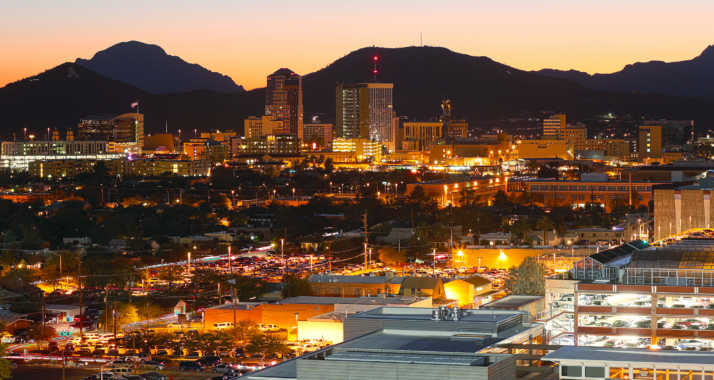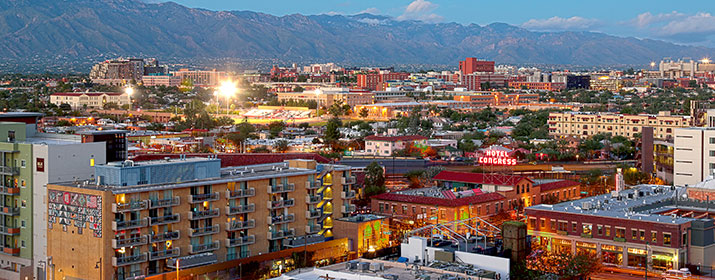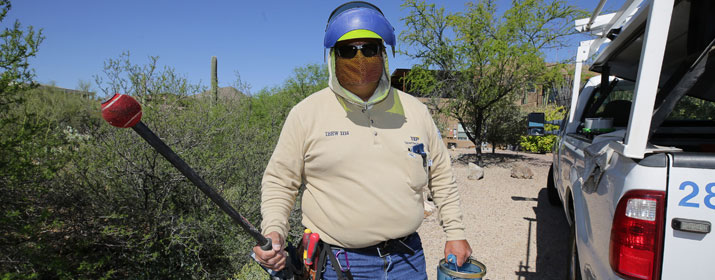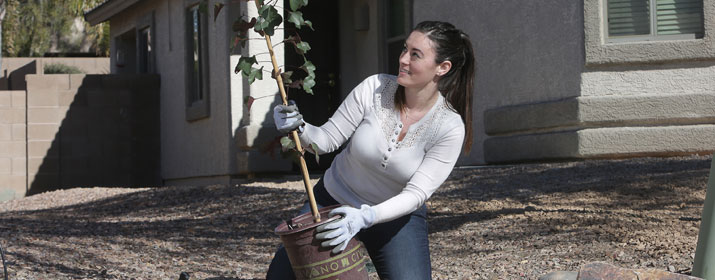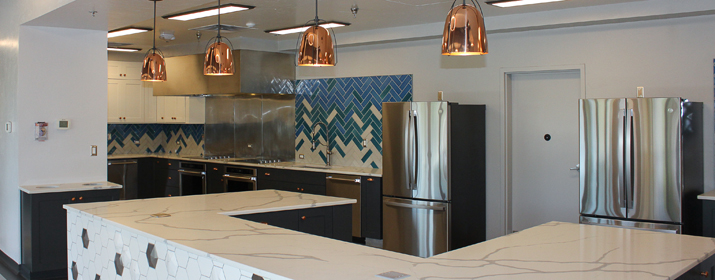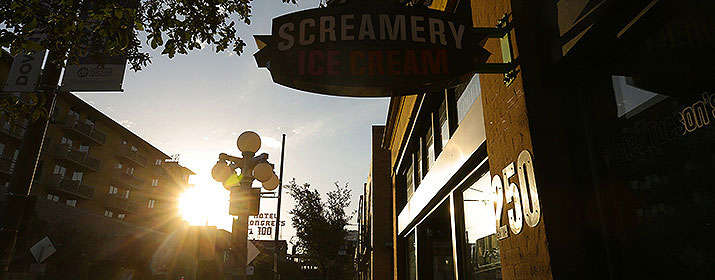
From tiny taco shops to massive mines, Tucson-area businesses have vastly different energy needs.
But during the summer, local businesses of all sizes have a role in helping to conserve energy, especially during the hottest period of the day.
By limiting energy use between 2-8 p.m. during the summer, businesses, schools, healthcare facilities and nonprofit organizations can help keep our service reliable and affordable while making the most of our renewable energy resources. Those businesses that use our Time-of-Use pricing plans can also save money by helping beat the peak.
“With all of us doing our part to conserve energy during late afternoons this summer, we can ease the stress on our regional grid, make good use of our renewable energy and enjoy lower energy costs,” said Sam Rugel, Director of System Control & Reliability.
Why It’s Important
Because our energy grid operates in real-time, we must generate all the power our customers need at the exact moment they use it. This would be easier if everyone used about the same amount of power all day. But energy use fluctuates throughout the day, peaking in the late afternoon.
Higher peak energy use increases the cost of providing power, since TEP pays a premium on the resources to meet these summer peak demands.
In recent years, extreme heat in the western United States has threatened to drive peak electric use beyond the level our regional grid can serve. Our region enjoys abundant solar energy during the middle of the day, but that production fades during the late afternoon as the sun starts to set. Battery systems can save this energy for use on-peak, but there aren’t very many of them online yet. So utilities must ramp up natural gas generation to serve the surge in usage in late afternoon and evening.
If energy supplies can’t keep up with demand, grid operators must find ways to reduce usage to balance the loads and resources.
For some of our large industrial customers, this can have an impact.
We start by asking those who have agreed to occasional interruptions through “demand response” programs or interruptible rates to suspend operations and shut off service.
Next come appeals to the public for conservation, and finally as a last resort “rolling blackouts” – short outages that are rotated from one area of town to another to limit the impact for any one group of customers.
“Fortunately, our customers have rarely experienced these kinds of interruptions,” Rugel said. “But energy supplies are tighter than ever, particularly in California, driving up the price of power on the wholesale energy market.”
So serving customers on-peak is likely to be more expensive, and we might have a harder time finding replacement power if our own generating resources suffer an outage or wildfires force transmission line shutdowns.
Consider a New Pricing Plan
While Time of Use pricing may not be practical for everyone, it could help some businesses save money by shifting their energy use to off peak times.
The plans provide business customers with lower rates when they use less energy during our summer and winter “on-peak” hours. Summer on-peak hours are 2-8 p.m. weekdays May through September and the winter on-peak hours are 6-10 a.m. and 6-10 p.m. October through April. Weekends and major holidays are always off-peak.
What Steps Can Businesses Take
Businesses can consider several strategies to shift their energy use – no matter what their size or function.
Thermostat: Adjust your thermostat during peak times, as long as your patrons and employees stay comfortable. Overnight, don’t turn off your air conditioner to save money. You’re likely to use even more energy to cool the building upon your return – and you’ll come back to a warm building. Instead, turn your thermostat up 3-8 degrees in the summer during off hours, depending on the size and configuration.
Manage usage: Medium and large-sized businesses often install energy management systems to monitor and control their electricity use. Also, a smart thermostat can help you plan with “auto away” settings and remote controls.
Sensors: Install sensors for lights in rooms or areas that aren’t always in use, such as conference rooms or break areas.
Check the time: If you can avoid it, don’t use large appliances and equipment simultaneously during on peak hours. Do you need to make copies? Turn on the printers in the morning or midday. Use smart strips to power down computers or other equipment when they aren’t in use.
Staying cool: Turn on ceiling and floor fans to stay comfortable. But remember to turn them off when you leave the room – circulating air cools down bodies, not rooms. Install or use window shades in west and south facing windows to block sunrays.
Changing lights: Switching to LED lighting saves money and reduces the burden on your HVAC system, since the energy-efficient bulbs generate less heat than traditional incandescent lights.
Learn more about rebates on lighting and other energy-efficient products.

